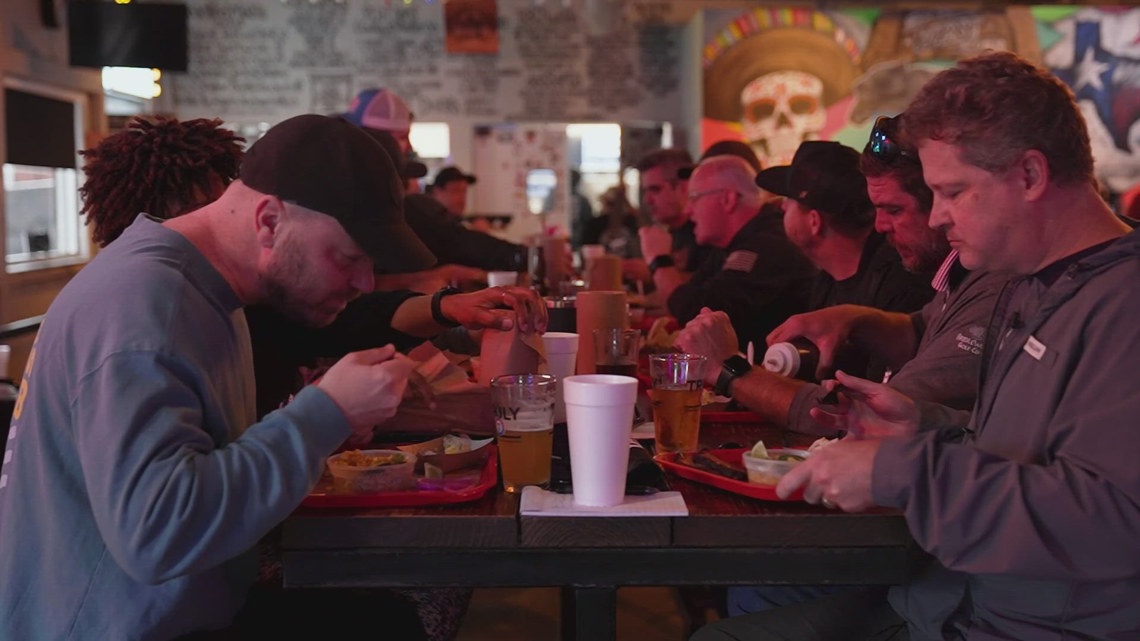Kevin D Pem
RVF 5K Club
- Joined
- Jul 29, 2020
- Messages
- 5,280
- Location
- AZ
- RV Year
- 1984
- RV Make
- Alpinelite
- RV Length
- 26'
- TOW/TOAD
- 2016 Ram 1500
- Fulltimer
- Yes
Follow along with the video below to see how to install our site as a web app on your home screen.
Note: This feature may not be available in some browsers.
Well, if it'll help you perspective on "BBQ stress", just keep in mind it was just a "cheap" piece of meat for you to enjoy, and not a PRIME RIB ROA$T for 50 at a Christmas Dinner! (Hint: wasn't me...thank goodness!)I am spritzing hourly. Patience is one thing, the stress in cooking a Brisket is not well documented!

Dude! How bad can it be? Did Elli reject?My Texas visa was revoked tonight. Won’t be able to enter the land of Brisket without proper certification. @GlampDaddy’s sign off was contingent and now revoked.